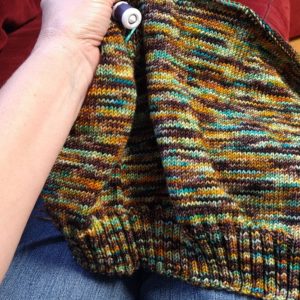The Personal Side of Knitting
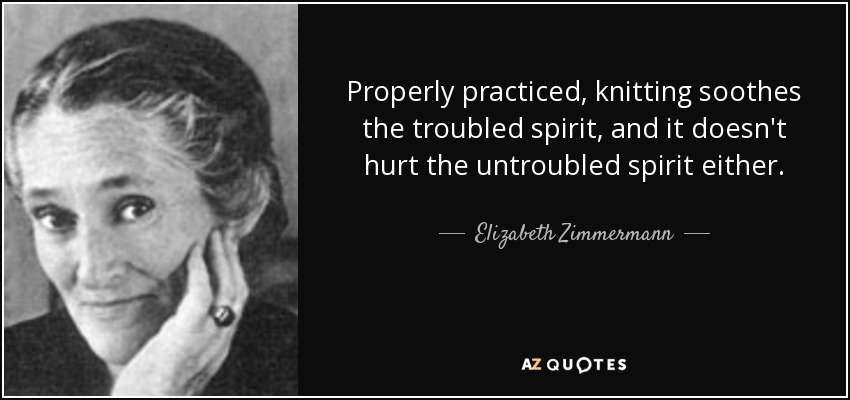
Today I wanted to post a bit about my personal life and how knitting has fit into it. I’m currently at the age where my body is changing from motherhood to crone-hood– in other words, I’m going through menopause. A stereotypical view of menopause (or perimenopause as it’s more correctly called) is that it’s a time where women get hot flashes, have irregular periods, and suffer from empty nest syndrome. Although these things are true (except the empty nest– many of us started our families later and I still have three teens at home), there are some symptoms that we fail to hear about in the popular media that are much more challenging than hot flashes. Things like depression. Memory loss. Brain fog. For a Type A person like me, who prides herself on getting things done and lots of them, these things are much more daunting than having to throw the covers off several times a night.
For the last year or two, I’ve solved this problem by taking a lot of estrogen to replace what my body isn’t making. I kept asking my doctor to up the dose until I felt like myself again. At the same time, I started using more checklists, more reminders, more alarms, more routines, and more notes to myself to remind myself of what I might forget later. Now, as I approach the age where I have to balance my risk of heart attack or stroke with my day to day health, I’m weaning off the estrogen again. And I’m having “flat” days, days where I don’t feel particularly… well, I don’t feel much of anything. I have trouble making a plan for the day sometimes. I have trouble following through to the next step.
This is where knitting comes in. I have several bags or baskets of knitting around the house. A sock by my bed. A stockinette sweater by the front door. A garter blanket by the couch. I’ve made myself detailed step by step lists of how to make several kinds of sock on my sock machine. So even when I’m feeling flat and unable to face even sorting and folding laundry, I can pick up a knitting project and make a few rows or rounds. These projects grow, even when I’m feeling stagnant. The softness of the yarn and the feel of the needles soothes me and awakens my spirit at least a tiny bit. It helps me keep a wee chink of light open against the gray.
Knitting has also kept me connected to other women of all ages. It was my knitting group who encouraged me to go to the doctor to get that added estrogen in the first place. My knitting group has sympathized and empathized and reassured me that this is not me alone. Their constancy, their wisdom, and their kindness have helped to keep me afloat as I’ve navigated this challenging time in my life.
I wanted to write about this because the mood and memory effects of menopause aren’t commonly talked about, and I think many of us struggle alone. As I’ve been working through this process, I’ve realized that as uncomfortable as it is, I need to talk about it. Getting through will be worth more if I can know that I helped someone know they aren’t the only one. My knitting helped me discover that.
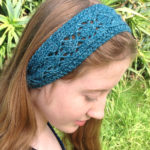 Some of my
Some of my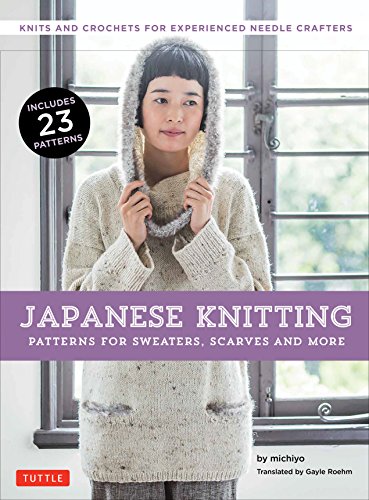 I recently purchased the book Japanese Knitting: Patterns for Sweaters, Scarves and More that has been translated into English and published by Tuttle Publishing. They also recently published the Japanese Knitting Stitch Bible, also a translation.
I recently purchased the book Japanese Knitting: Patterns for Sweaters, Scarves and More that has been translated into English and published by Tuttle Publishing. They also recently published the Japanese Knitting Stitch Bible, also a translation.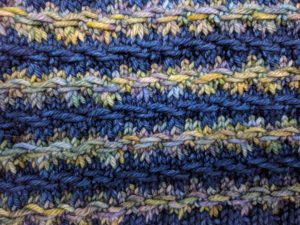 The last month has been a time of putting some projects on hold and ramping up others. Tomorrow I’m planning to publish the sixth in my
The last month has been a time of putting some projects on hold and ramping up others. Tomorrow I’m planning to publish the sixth in my 